Alexandre Fréchette
Quantum-Assisted Genetic Algorithm
Jun 24, 2019

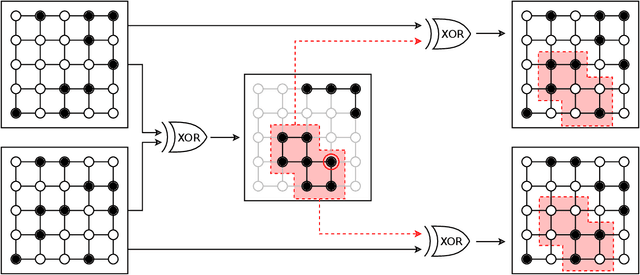
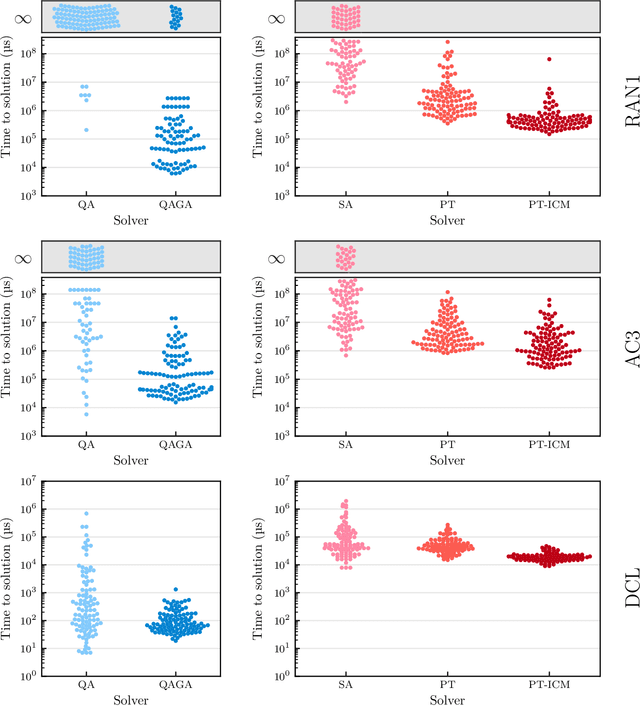
Abstract:Genetic algorithms, which mimic evolutionary processes to solve optimization problems, can be enhanced by using powerful semi-local search algorithms as mutation operators. Here, we introduce reverse quantum annealing, a class of quantum evolutions that can be used for performing families of quasi-local or quasi-nonlocal search starting from a classical state, as novel sources of mutations. Reverse annealing enables the development of genetic algorithms that use quantum fluctuation for mutations and classical mechanisms for the crossovers -- we refer to these as Quantum-Assisted Genetic Algorithms (QAGAs). We describe a QAGA and present experimental results using a D-Wave 2000Q quantum annealing processor. On a set of spin-glass inputs, standard (forward) quantum annealing finds good solutions very quickly but struggles to find global optima. In contrast, our QAGA proves effective at finding global optima for these inputs. This successful interplay of non-local classical and quantum fluctuations could provide a promising step toward practical applications of Noisy Intermediate-Scale Quantum (NISQ) devices for heuristic discrete optimization.
Deep Optimization for Spectrum Repacking
Jun 11, 2017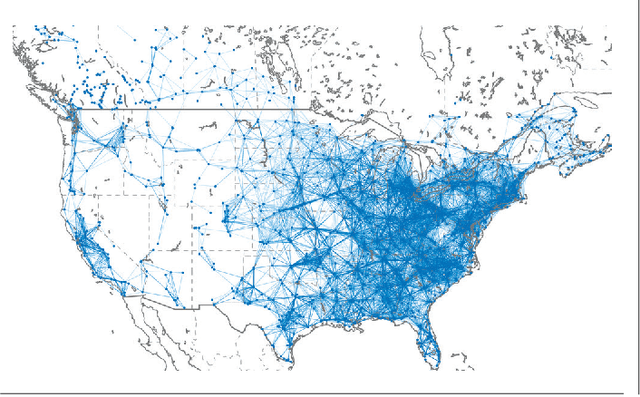
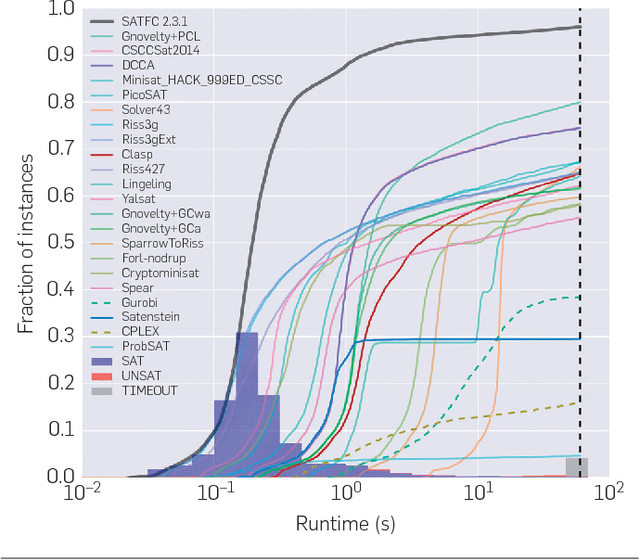
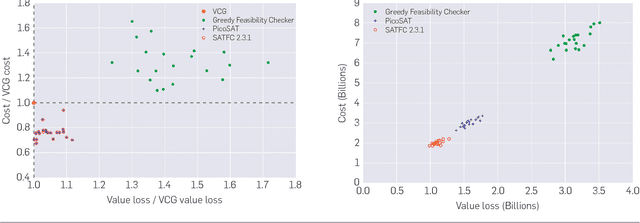
Abstract:Over 13 months in 2016-17 the FCC conducted an "incentive auction" to repurpose radio spectrum from broadcast television to wireless internet. In the end, the auction yielded $19.8 billion, $10.05 billion of which was paid to 175 broadcasters for voluntarily relinquishing their licenses across 14 UHF channels. Stations that continued broadcasting were assigned potentially new channels to fit as densely as possible into the channels that remained. The government netted more than $7 billion (used to pay down the national debt) after covering costs. A crucial element of the auction design was the construction of a solver, dubbed SATFC, that determined whether sets of stations could be "repacked" in this way; it needed to run every time a station was given a price quote. This paper describes the process by which we built SATFC. We adopted an approach we dub "deep optimization", taking a data-driven, highly parametric, and computationally intensive approach to solver design. More specifically, to build SATFC we designed software that could pair both complete and local-search SAT-encoded feasibility checking with a wide range of domain-specific techniques. We then used automatic algorithm configuration techniques to construct a portfolio of eight complementary algorithms to be run in parallel, aiming to achieve good performance on instances that arose in proprietary auction simulations. To evaluate the impact of our solver in this paper, we built an open-source reverse auction simulator. We found that within the short time budget required in practice, SATFC solved more than 95% of the problems it encountered. Furthermore, the incentive auction paired with SATFC produced nearly optimal allocations in a restricted setting and substantially outperformed other alternatives at national scale.
 Add to Chrome
Add to Chrome Add to Firefox
Add to Firefox Add to Edge
Add to Edge